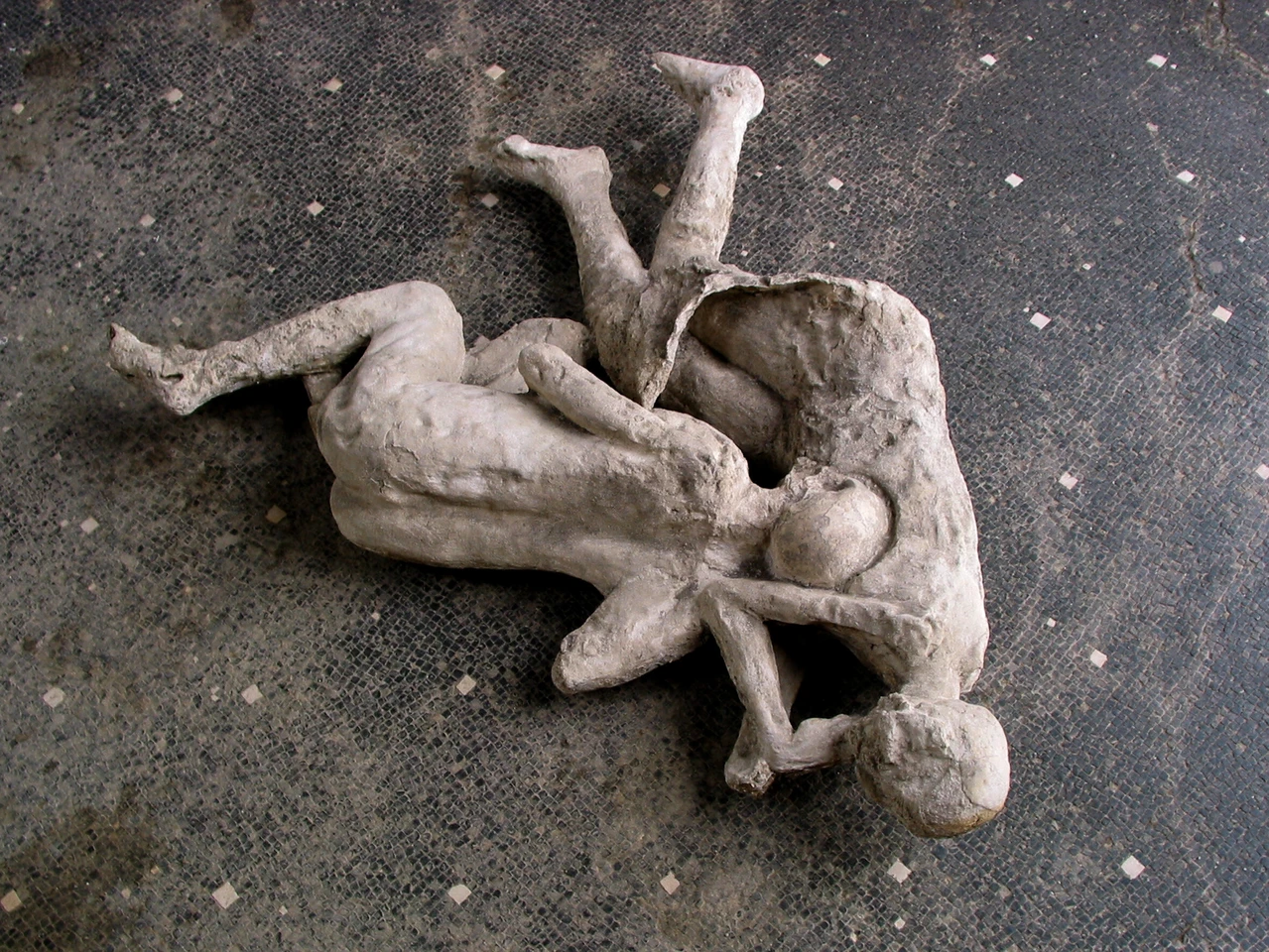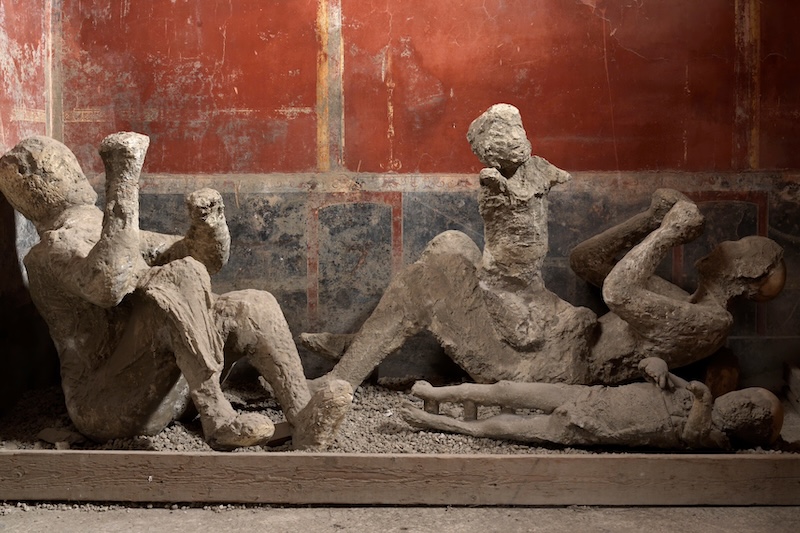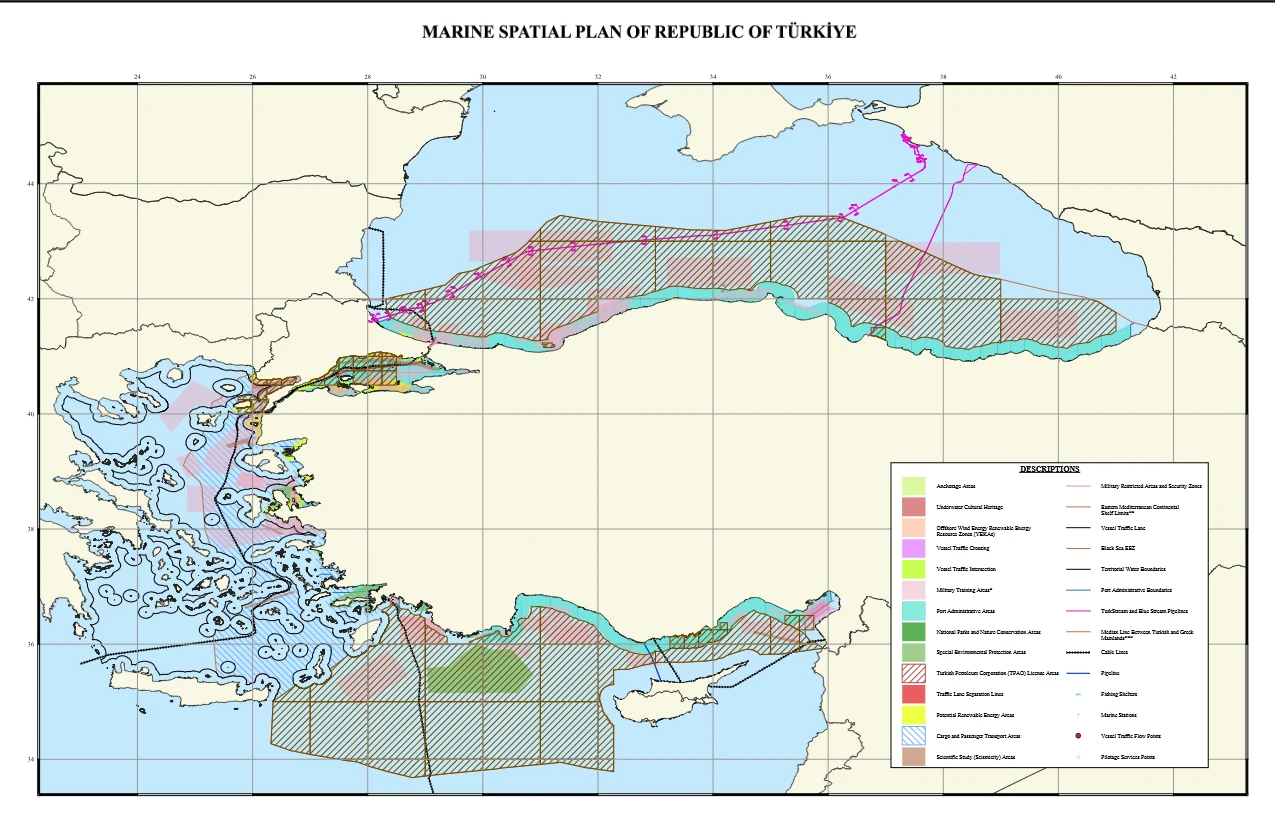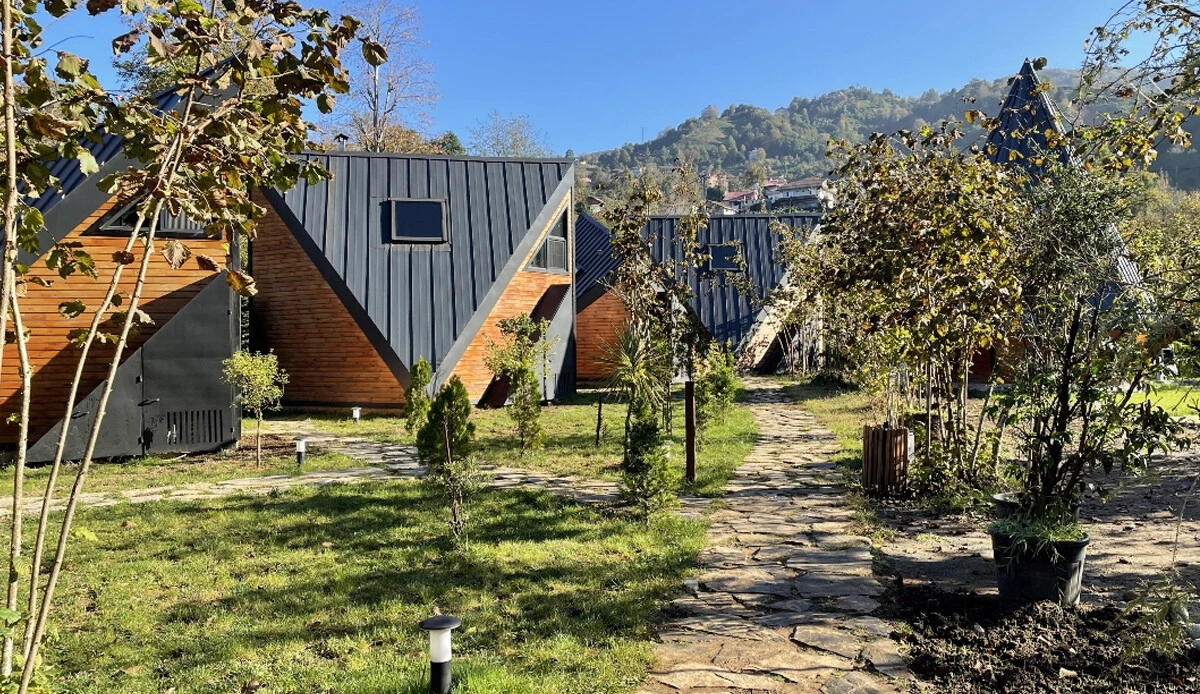DNA research shatters Pompeii myths: Were all known stories wrong?
 This photo provided by the Archeological Park of Pompeii shows casts number 21 and 22, made in 1914, from Casa del Cryptoportico in Pompeii, Italy. (Photo via Courtesy of MIC, Archaeological Park of Pompeii)
This photo provided by the Archeological Park of Pompeii shows casts number 21 and 22, made in 1914, from Casa del Cryptoportico in Pompeii, Italy. (Photo via Courtesy of MIC, Archaeological Park of Pompeii)
In 79 A.D., a catastrophic eruption from Somma-Vesuvius buried the Roman town of Pompeii, encasing the city in volcanic ash and freezing the remains of its inhabitants in time.
The well-preserved casts of these victims have long been displayed, with their family roles and social dynamics interpreted based on body positions and appearances. However, fresh DNA evidence reveals that many of these interpretations were misjudged.
Unrelated adult man and child rewrite family histories
A new study, published on Nov. 7, 2024, in Current Biology, details DNA analyses from 14 plaster-cast remains of Pompeii victims. Led by David Reich and Alissa Mittnik of Harvard University and David Caramelli of the Universita di Firenze, the research team uncovered results that contrast sharply with traditional assumptions.

“For example, an individual thought to be a mother holding a child was actually an unrelated adult male with the child,” Reich notes. Another pair of individuals initially identified as sisters or a mother and daughter were found to include at least one genetic male. These revelations dismantle previous assumptions shaped by modern biases.
Genetic findings reveal diverse heritage among Pompeii residents
The DNA analysis unveiled a complex genetic ancestry among Pompeii’s residents, showing a significant influx of recent immigrants from the Eastern Mediterranean.
The findings depict Pompeii as a cosmopolitan hub, reflective of the Roman Empire’s broad trade networks and cultural exchanges, underscoring the diversity that once thrived in this now-silent city.
Implications for archaeology and historical interpretation
The Pompeii DNA study serves as a reminder of the risks of interpreting historical data through modern perspectives. “Our findings show how multidisciplinary research, blending genetic, archaeological, and historical evidence, is essential to avoid misinterpretations,” Mittnik said.
The research reaffirms the importance of integrating genetic data into archaeological studies, encouraging new perspectives on ancient societies like Pompeii and expanding our understanding of Roman-era cultural dynamics.
DNA reshapes Pompeii’s story and challenges archaeological assumptions
“This study illustrates how narratives based on limited evidence often reflect the worldview of researchers at the time,” Caramelli says.
By leveraging advanced genetic technology, researchers are uncovering Pompeii’s past in fresh, unexpected ways, shedding light on lives once silenced under layers of volcanic ash.
Recent DNA research is turning long-held stories about Pompeii on their head, challenging the traditional narratives we’ve accepted for centuries. The findings suggest that many of the interpretations of family roles and relationships in ancient Pompeii, based largely on appearance and assumptions, may be fundamentally flawed.
The new genetic data calls for a re-evaluation of the lives of Pompeii’s inhabitants, highlighting how modern science can correct misconceptions and offer a more accurate, nuanced picture of life—and relationships—in the ancient world.



